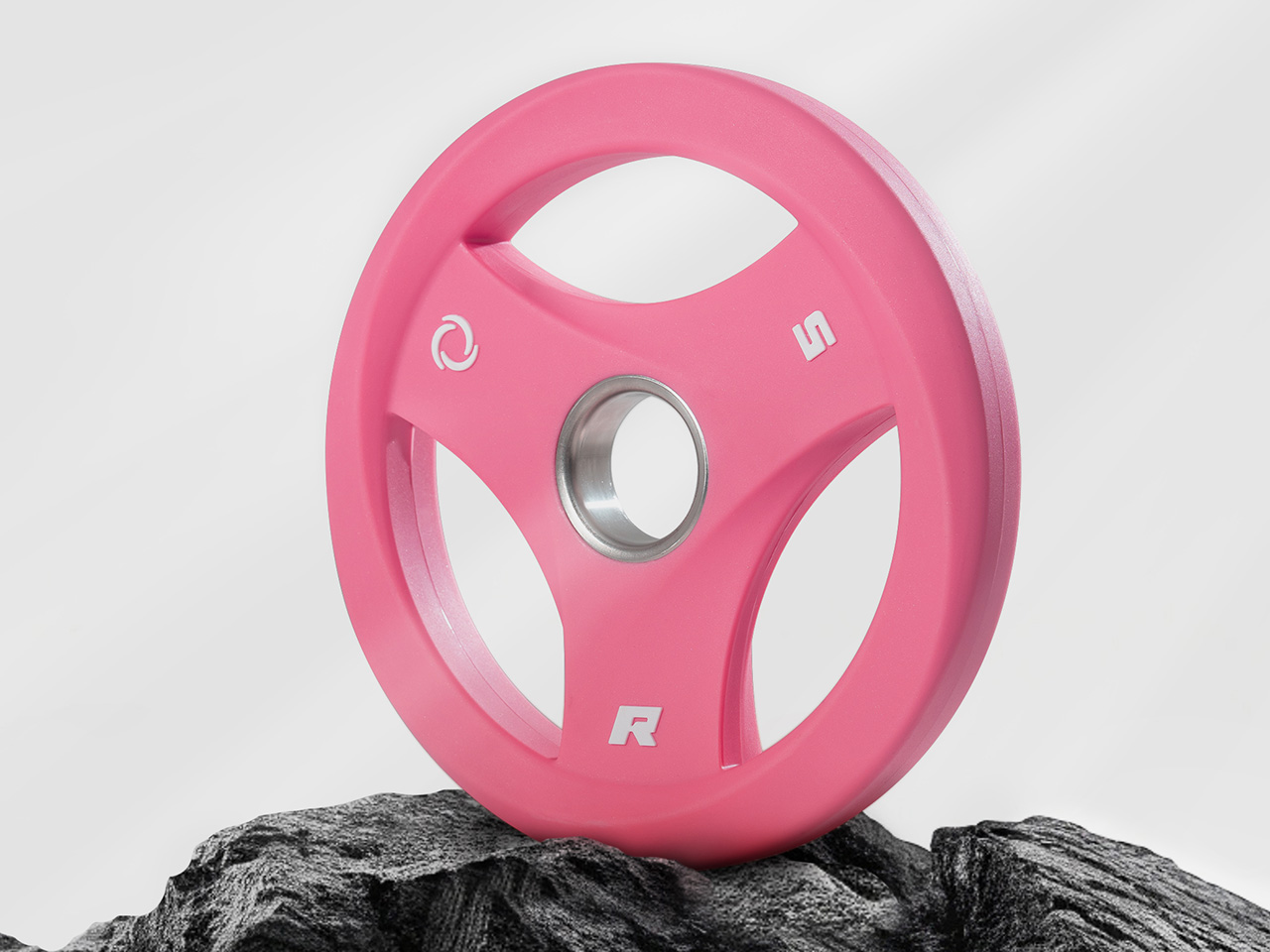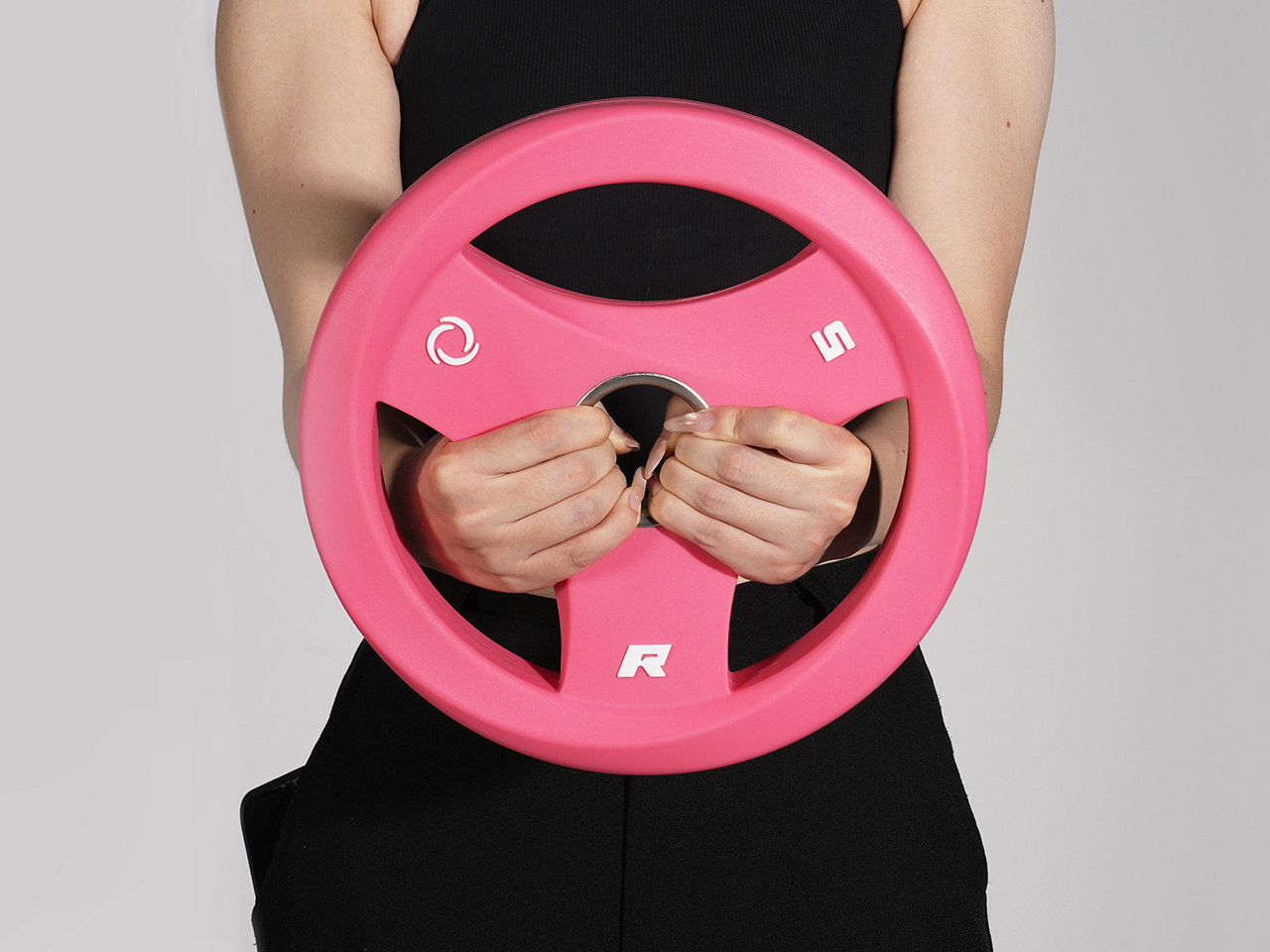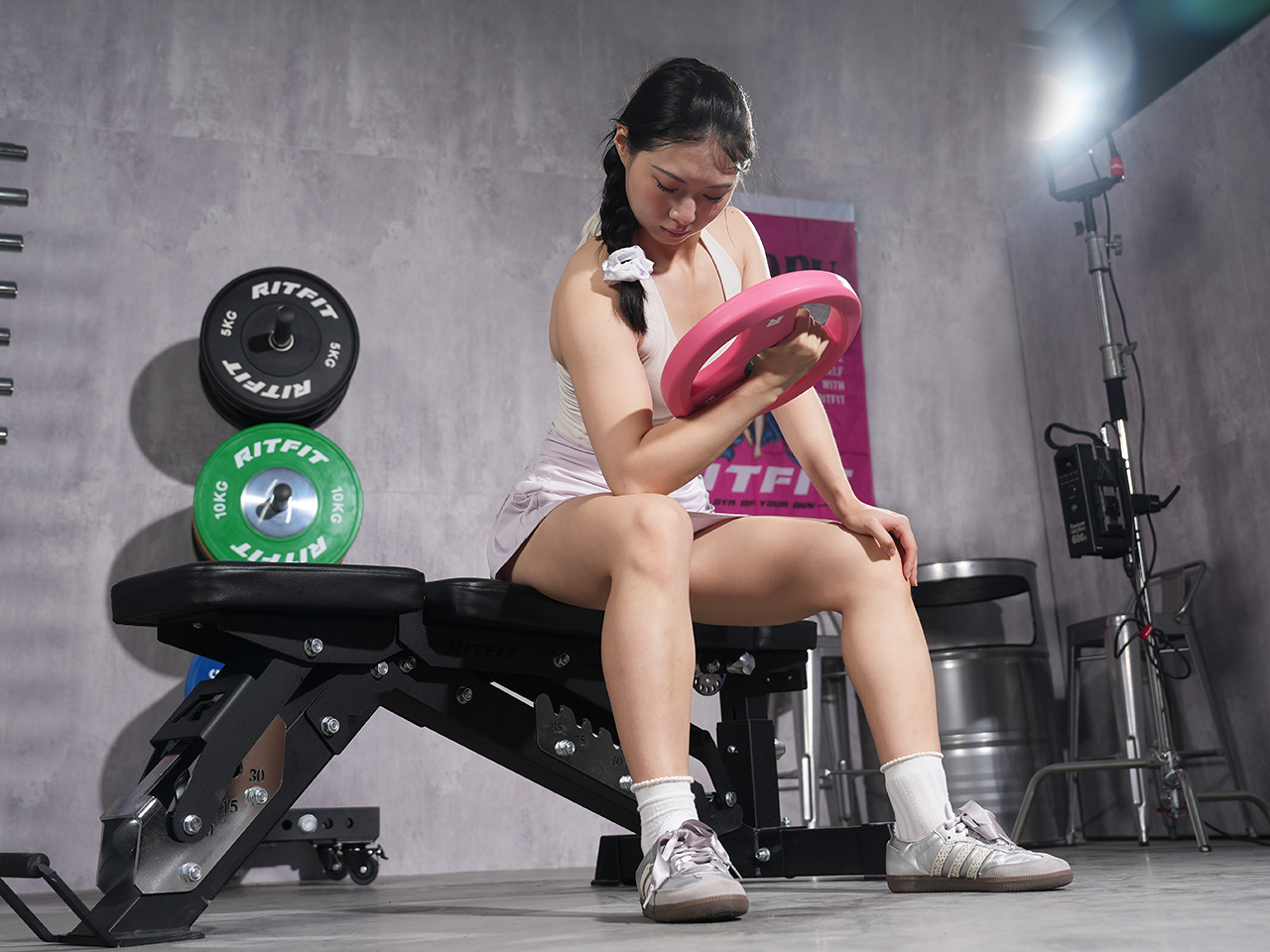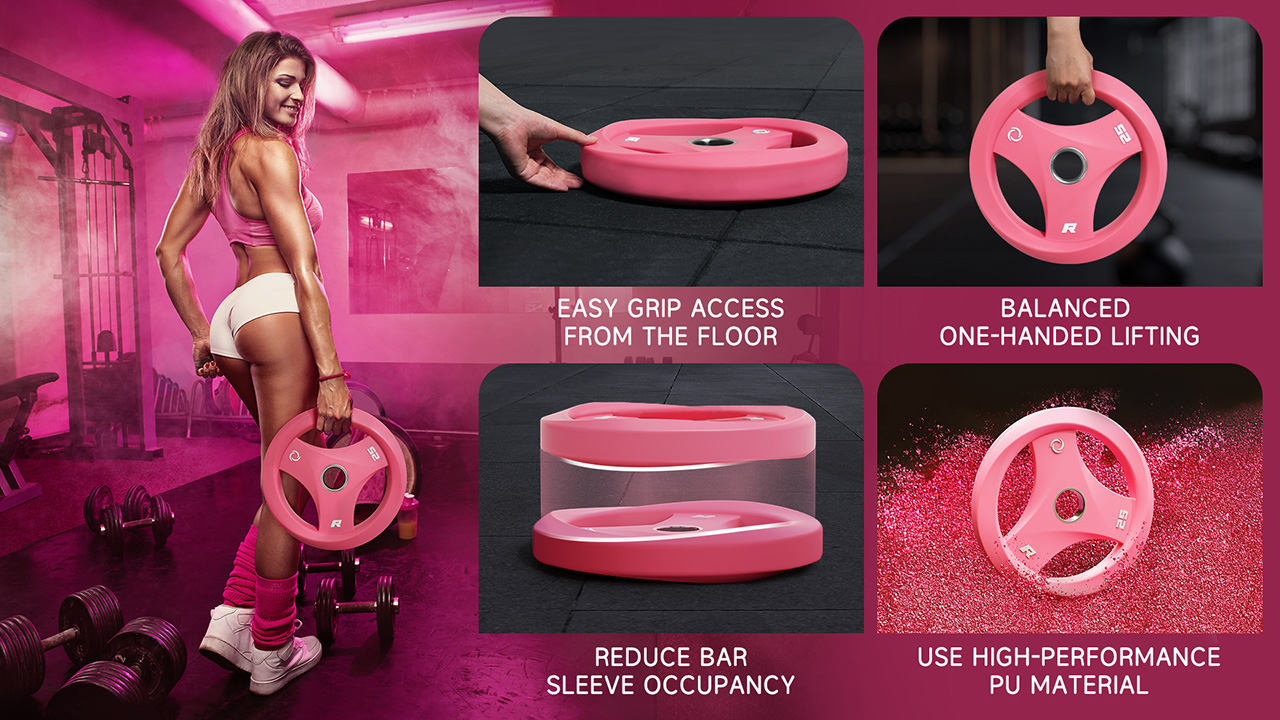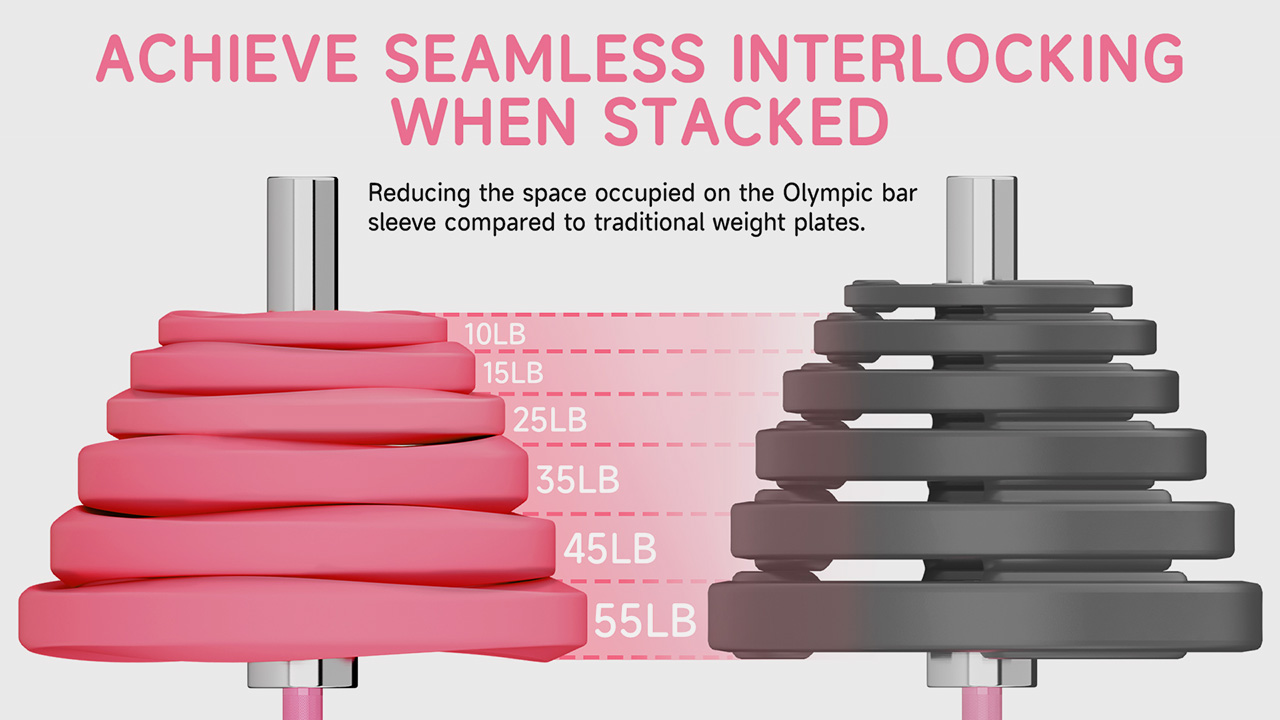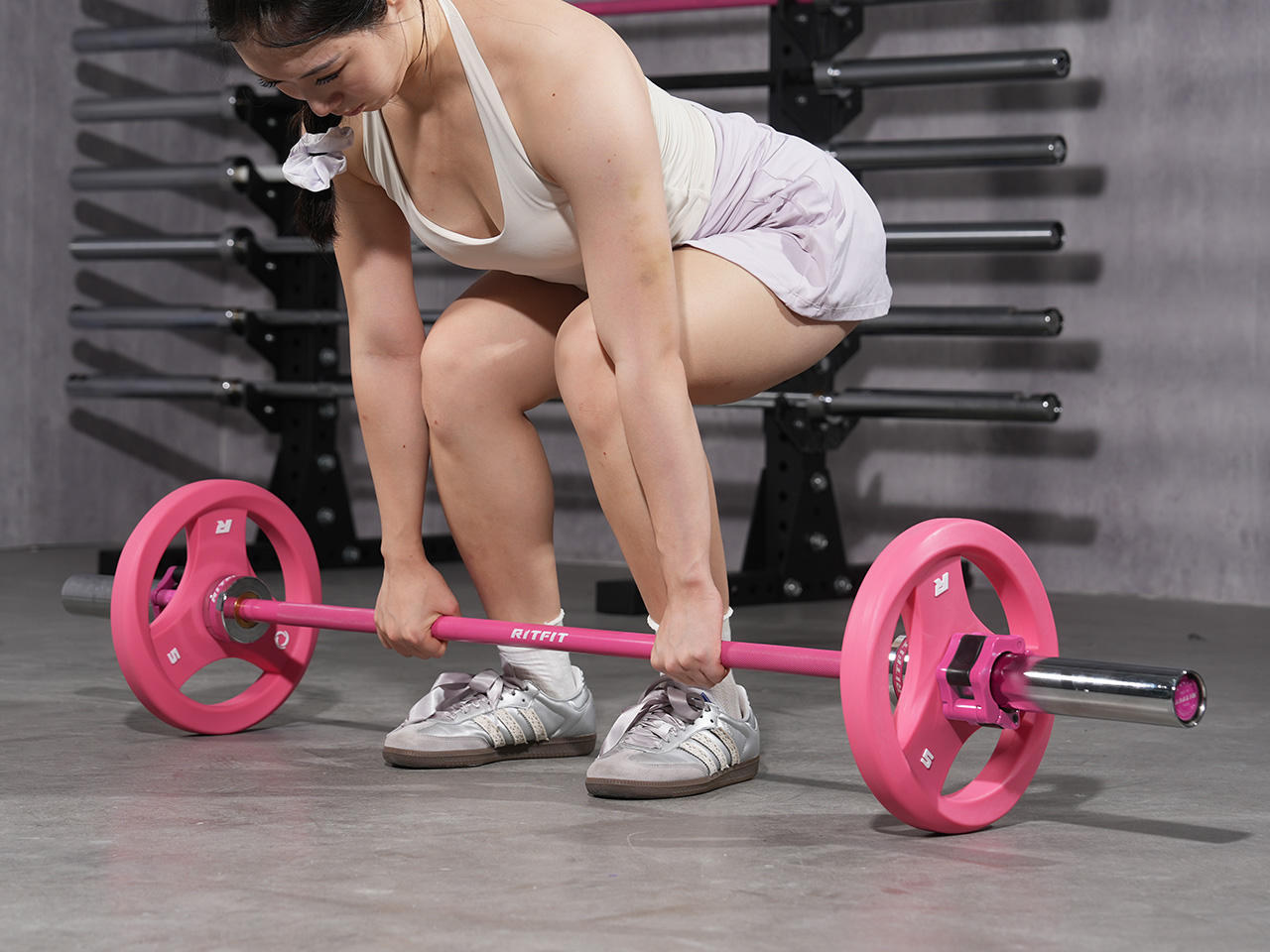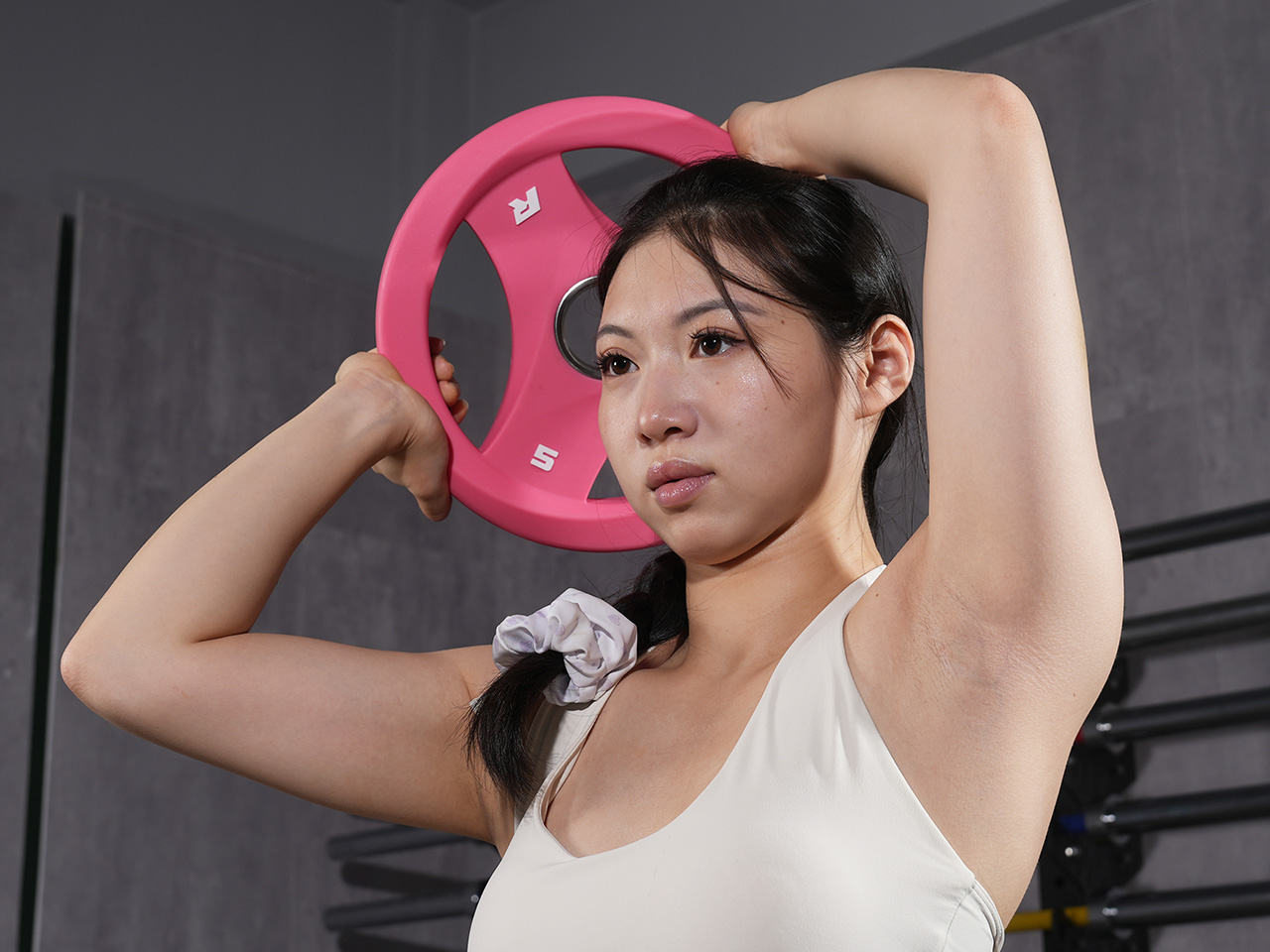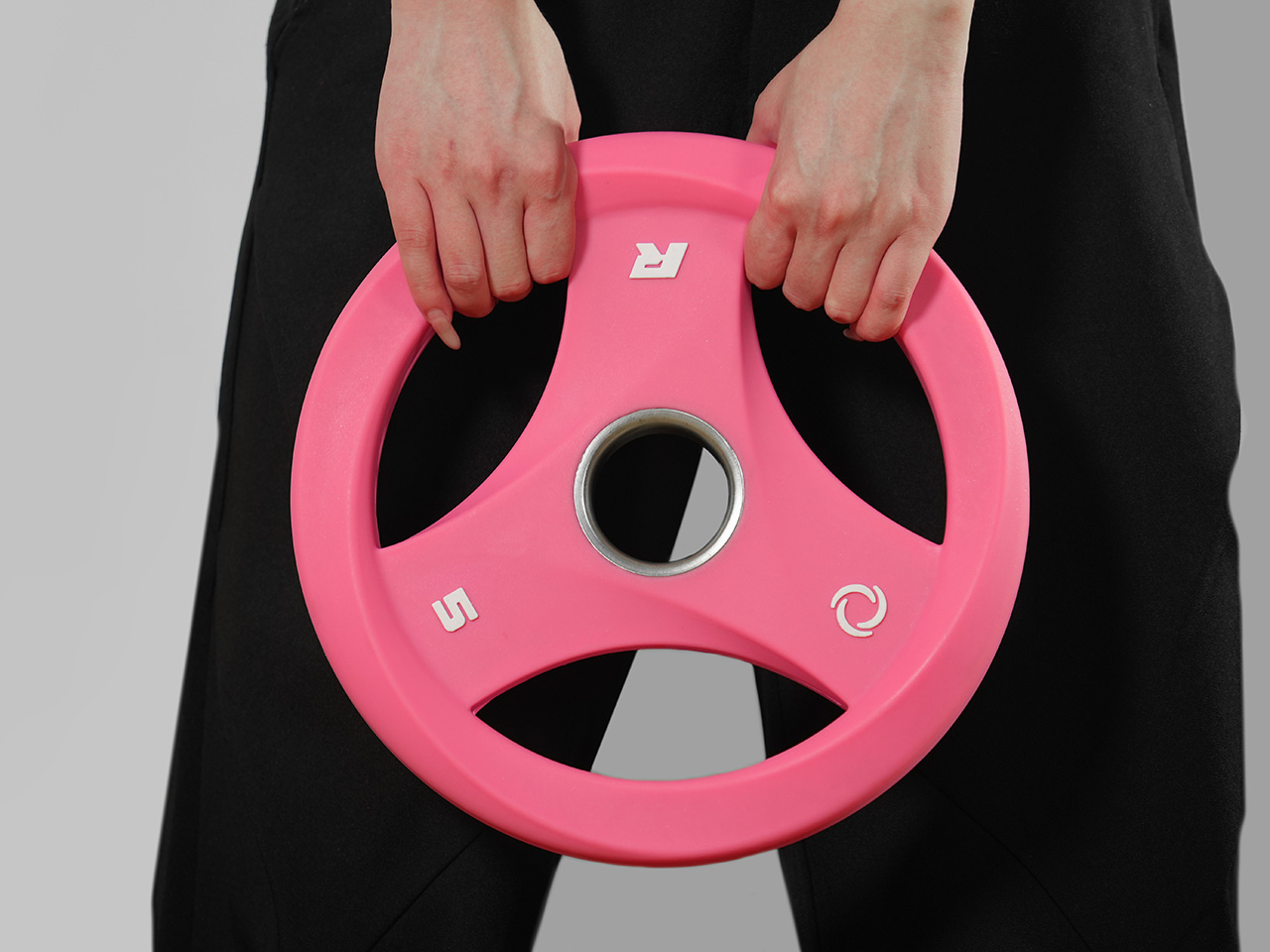Most fitness equipment looks like it was designed by engineers who never stepped foot in a gym. You know the type: cold, industrial, purely functional objects that scream “I belong in a warehouse, not your living room.” The weight plate category has been particularly guilty of this aesthetic neglect, with most manufacturers producing the same uninspired metal discs that have dominated gym floors since the 1950s. RITFIT, a Los Angeles-based company founded in 2015, apparently got tired of this visual monotony and decided to do something about it.
What’s remarkable about RITFIT’s design revolution isn’t just the end product, but the multidisciplinary approach behind it. Founded in 2015 with a team that spans car design, IT engineering, and furniture design backgrounds, they’ve built a company that treats fitness equipment as thoughtfully designed objects rather than purely utilitarian tools. With over 30 patents and more than 100,000 satisfied customers, RITFIT has proven that focused design thinking can create genuine innovation in the home fitness space. CEO Yann Lin has steered the company toward reimagining gym equipment as objects worthy of aesthetic consideration, not just functional tools to be hidden away when not in use. We know this, having fallen in love with – and written about – their Buffalo and Gazelle home gym machines. Their latest creation, the AURASPIN Weight Plates, also embodies this philosophy in every curve.
Designer: RITFIT
The Mobius strip inspiration hits you immediately when you see the AURASPIN Weight Plates. Unlike the flat, static discs we’ve normalized in gyms worldwide, these weights feature a continuous twisted surface that creates visual movement even when they’re sitting still. It’s the kind of subtle design touch that makes you wonder why nobody thought of it before. The twist isn’t just some fancy aesthetic choice. When the plate rests on the floor, that same elegant curve creates natural gaps underneath, letting you slide your fingers in without the usual awkward fumbling. Anyone who’s ever pinched a finger trying to pry a flat plate off the ground will appreciate this thoughtful detail.
RITFIT engineered four distinct grip points into each plate, including the standard center hole. This seemingly simple addition completely transforms how you interact with the weight. Traditional plates lock you into a single, often uncomfortable grip position, but the AURASPIN Weight Plates let you grab from practically any angle. This flexibility means you can suddenly use these plates for exercises that would be clumsy or impossible with standard weights. Kettlebell swings? Sure. Dumbbell flies? Go for it. For home gym enthusiasts working with limited space and equipment, this versatility is genuinely useful, not just a marketing gimmick.
The multi-grip system solves another problem that plagues traditional weight plates during dynamic movements. Standard plates have an annoying tendency to shift and slip in your grip, creating balance issues that can lead to form breakdown or even injury. The AURASPIN Weight Plates’ design keeps the weight centered regardless of how you’re holding it, significantly reducing the risk of unexpected weight distribution during a critical moment in your lift. For home lifters who often train without spotters, this added stability isn’t just convenient, it’s a legitimate safety feature.
RITFIT’s “Built for Movement, Designed for Impact” philosophy extends far beyond their award-winning plates. The company has consistently approached fitness equipment design with the understanding that movement should feel natural, not forced. This ethos shows up in their larger equipment pieces, where they’ve tackled the common problem of machines that feel rigid and uncomfortable. Their design team seems to ask the right questions: How does this piece of equipment integrate with natural human movement patterns? How can we create fluid transitions between exercises instead of jarring ones? The answers consistently point toward equipment that adapts to the user rather than forcing the user to adapt to the machine.
This movement-first design philosophy becomes particularly evident in RITFIT’s Buffalo Smith Machine and Gazelle Pro systems, both of which caught the attention of Yanko Design for their thoughtful approach to user experience. The Buffalo Smith Machine reimagines the traditional power rack with features that encourage smooth, controlled movements while maintaining the safety that home lifters need. Meanwhile, their Gazelle Pro transforms the typically intimidating leg press machine into one that actually invites use rather than intimidation. The 3-in-1 functionality blends leg presses, hack squats, and calf raises into one cohesive system, with transitions that feel intuitive rather than mechanical. Switching between exercises happens through simple pin adjustments, keeping workout momentum intact without the usual fumbling with complex mechanisms that plague most multi-function machines.
The recognition from international design competitions validates what early adopters have been experiencing firsthand. Design awards, particularly from prestigious organizations like London Design Awards and IDPA Japan, typically favor products that combine aesthetic innovation with functional improvements. The fact that weight plates, of all things, caught the attention of these jury panels suggests that RITFIT has genuinely reimagined what this basic piece of equipment can be. They’ve demonstrated that even the most fundamental gym tools can benefit from a fresh perspective that considers both form and function as equally important design objectives.
The post RITFIT’s design-forward gym equipment is striking the perfect balance between Peloton and IKEA first appeared on Yanko Design.
Read More . . .|
 | Tweet
| Tweet